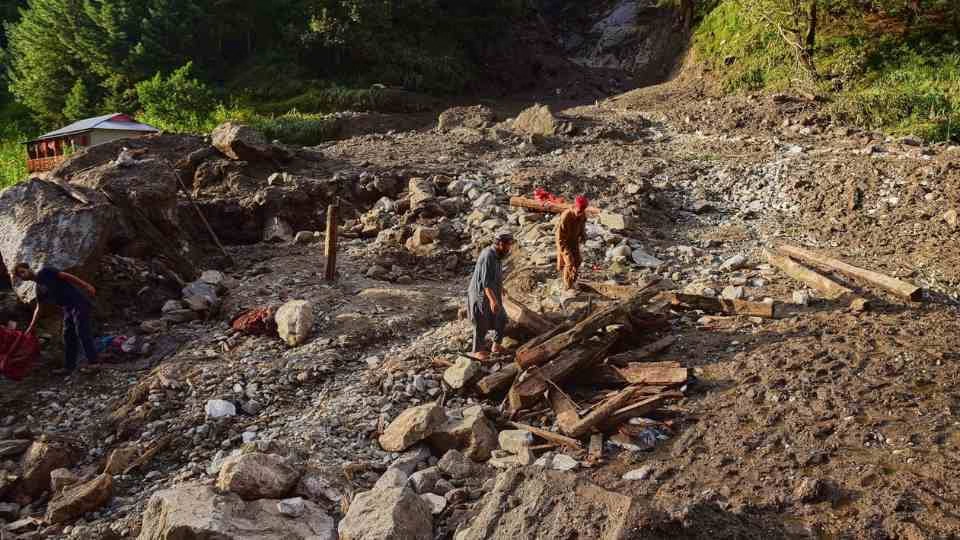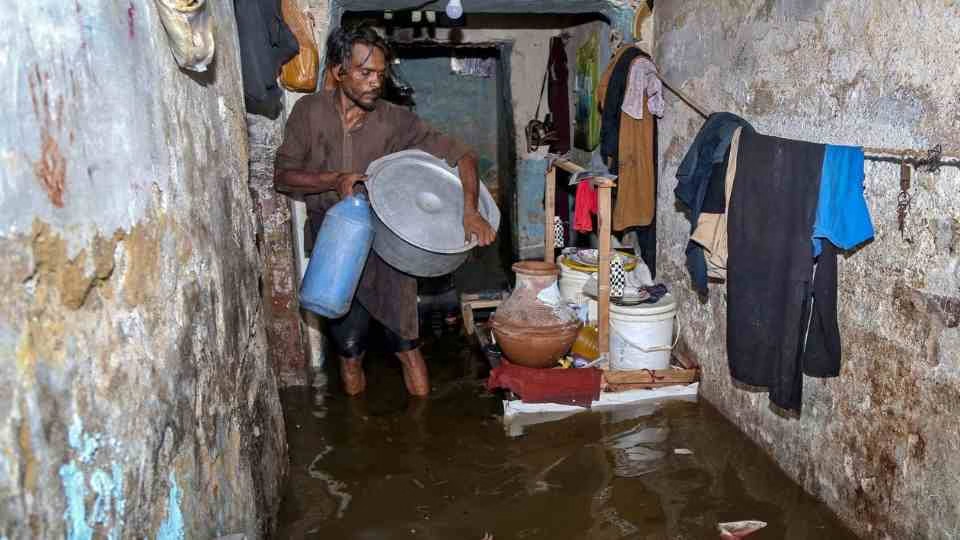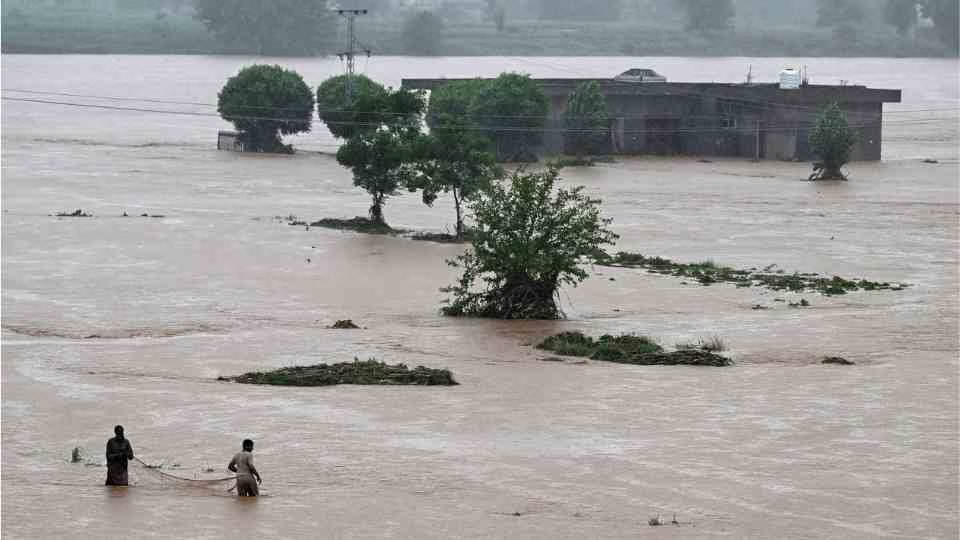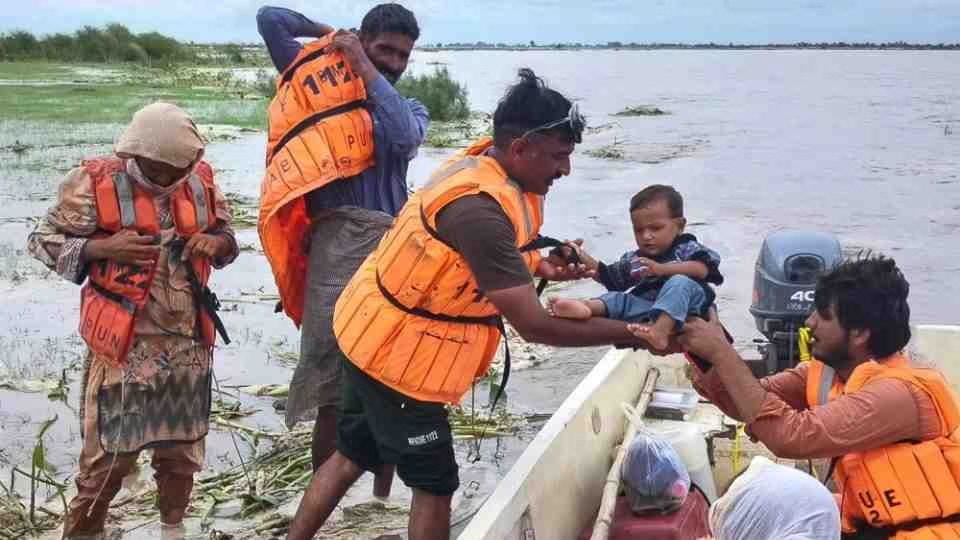Province Counts Cost of Week-Long Deluge That Claimed Hundreds of Lives
The aftermath of a catastrophic week of flooding in Khyber-Pakhtunkhwa has revealed the enormous scale of infrastructure devastation, with the provincial Communications and Works Department announcing that Rs9.45 billion will be needed to repair damaged roads and bridges.

Between August 15 and 22, relentless rainfall and flash floods tore through the province, creating a humanitarian and infrastructure crisis of massive proportions. The human toll has been severe, with 393 confirmed deaths, 190 injuries, and over 1,600 homes damaged or destroyed. Buner district suffered the heaviest losses, recording 234 fatalities.
Widespread Infrastructure Collapse
The provincial government’s damage assessment, released Saturday, paints a picture of widespread destruction across K-P’s transportation network. The flooding damaged 331 roads across 336 separate locations, rendering nearly 500 kilometers of roadway unusable due to washouts, debris, and landslides.
Recovery efforts are underway but progress remains challenging. While crews have managed to partially reopen 229 roads and fully restore 50 others, 57 routes remain completely impassable. The department warns that comprehensive rehabilitation will require significant time and resources.
Bridge infrastructure has suffered equally devastating damage. Of 32 bridges swept away by floodwaters, only one has been fully reopened to traffic. Another 22 are operating with limited capacity, while nine remain completely closed. Rebuilding these critical river crossings is expected to cost Rs1.12 billion.
District-by-District Impact
Swat emerged as the hardest-hit district, with 79 roads damaged across 80 locations and 43 kilometers of roadway completely washed away. Despite intensive repair efforts that have cost over Rs450 million, only three roads have been fully restored while 75 remain partially accessible. Two routes are still completely cut off.
Buner district, already devastated by the loss of life, also faces significant infrastructure challenges with 43 damaged roads. Recovery teams have made better progress here, with only four roads remaining completely inaccessible while 39 have seen partial restoration.
In Swabi, the situation remains more challenging, with 32 of the district’s 41 damaged roads still awaiting restoration. Officials emphasize that repair work is being prioritized based on critical connectivity needs.

Climate Change Reality
This year’s monsoon devastation fits into a broader pattern of extreme weather affecting Pakistan. Since the monsoon season began in June, approximately 750 people have lost their lives to weather-related disasters across the country.
Pakistan ranks among the world’s most climate-vulnerable nations, increasingly experiencing severe weather events that strain infrastructure and claim lives. The 2022 monsoon floods, which submerged one-third of the country and killed around 1,700 people, serve as a stark reminder of the country’s vulnerability.
With the monsoon season typically lasting through September, authorities remain on high alert as communities work to rebuild while preparing for potential additional rainfall in the weeks ahead.






